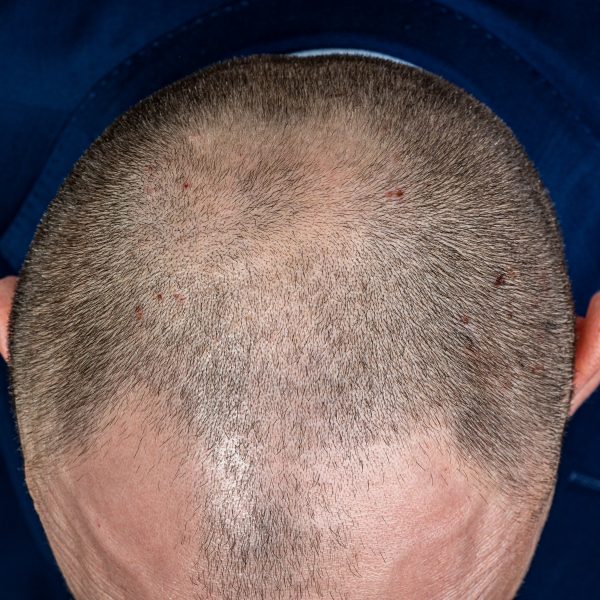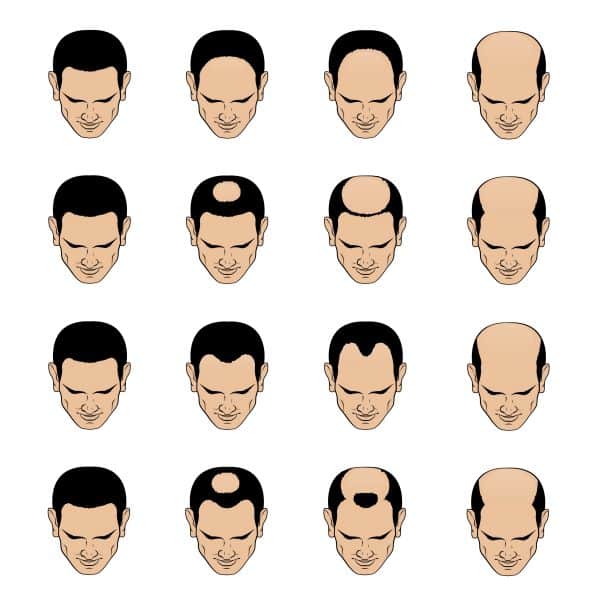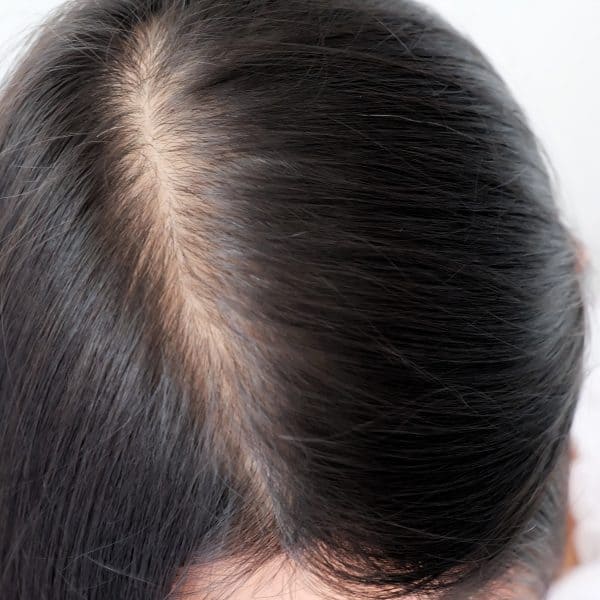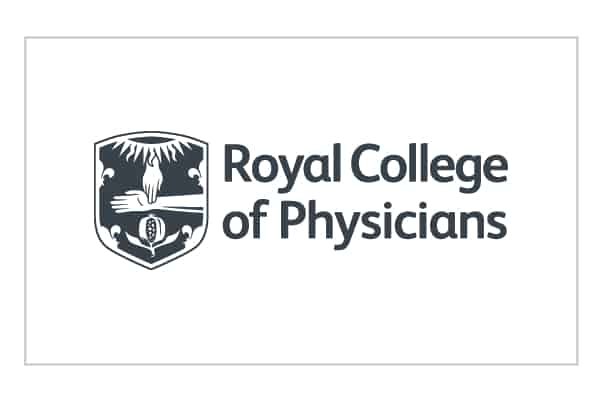There are a number of hair loss conditions that affect both men and women. However, the most common is androgenetic alopecia, the hereditary condition more commonly known as male pattern baldness (MPB) in men, and female pattern baldness (FPB) in women. Unlike some other types of hair loss that are triggered by external factors such as illness or stress, thinning caused by androgenetic alopecia is permanent.
Androgenetic alopecia is a chronic (and complex) condition determined by family genetics. It’s possible that if the “baldness gene” exists in your family on either side of the family tree, then you may be at risk, too. The condition is understood to be caused by the body’s production of DHT (Dihydrotestosterone), a by-product of testosterone which attaches itself to the hair follicles in the top of the scalp, causing the follicles to shrink over time. This in turn thins the hair as it revolves through each of its growth cycles, eventually creating the illusion of baldness.
Statistics suggest claim that as many as 40 – 50% of men will experience hair loss of some degree by the time they reach their 40s, but it can manifest itself from as early as your late teens. The condition is slightly less common in women, but still prevalent. In many cases with women, it is caused by hormonal changes in the body, such as those experienced during the menopause or childbirth. But genetics may also play a part.
Note that we now offer the DNA TrichoTest™, which is DNA testing specifically for hair loss concerns. The DNA TrichoTest™ analyses your genes in relation to your hair loss and vulnerability to hair loss. From the data produced, we can accurately identify which treatments will work best for you and help you create a personalised treatment plan accordingly.




















